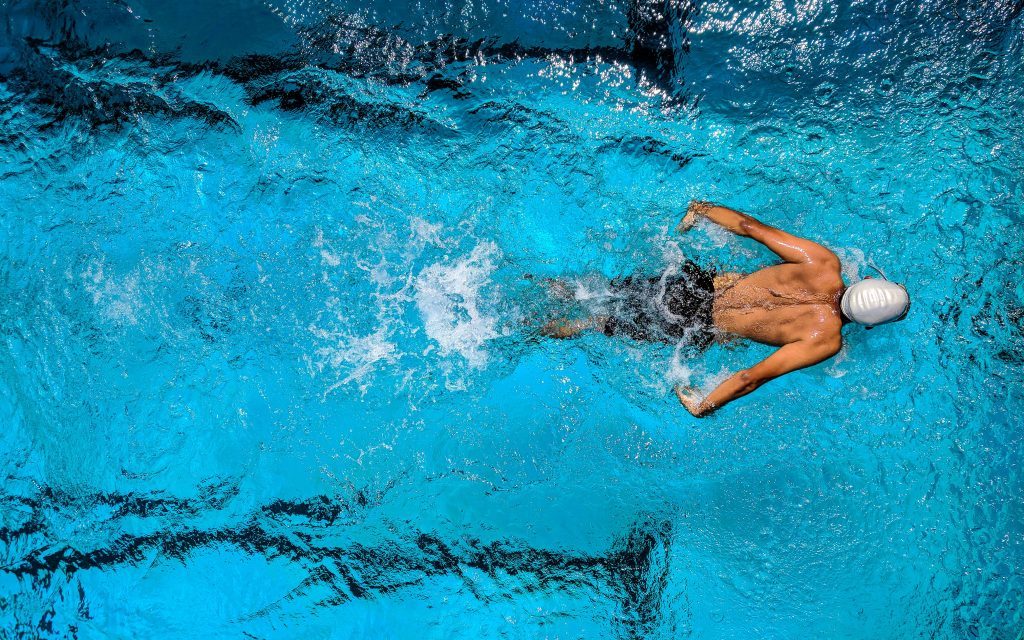Sports are a perfect intersection of physics and athleticism. From the aerodynamics of a ball in motion to the biomechanics of the human body, the science of physics plays a crucial role in determining the outcome of a game. Professional athletes, in particular, are experts in utilizing physics principles to their advantage to achieve peak performance. This blog explores the physics of sports and how athletes leverage it to improve their game.
Kinematics: Understanding Motion
Kinematics is the branch of physics that deals with motion. It helps athletes understand how their movements affect their performance. Consider a high jumper, who uses a curved approach and leaps over the bar at the precise angle to maximize their potential energy and height, thereby increasing their chances of a successful jump.
Friction: A Friend or Foe?
Friction is the force that resists motion when two surfaces come into contact. Athletes can leverage friction to their advantage by wearing appropriate footwear that maximizes traction. For instance, a sprinter wears spikes that provide better grip on the track, while a basketball player wears shoes that allow for quick turns and stops on the court.
The Art of Spin
Spin is a crucial aspect of many sports, from tennis to baseball. The way an object spins can determine its trajectory and movement. In tennis, a player can generate topspin or backspin on the ball to control its movement and speed. Similarly, a pitcher in baseball can use the spin of the ball to throw a curveball or a slider.
Harnessing Momentum
Momentum is the product of an object’s mass and velocity. It helps athletes understand how to use their bodies’ kinetic energy to their advantage. A high diver, for example, will increase their speed and momentum during the approach, enabling them to execute more complex dives with greater precision and accuracy.
Leveraging Physics for Excellence
Physics is a fundamental part of sports, and athletes can leverage its principles to achieve peak performance. From kinematics to momentum, understanding the science of motion is key to improving one’s game. As educators, encouraging students to explore the physics of sports can help them develop a deeper understanding of the science behind their favorite games and its practical applications.

